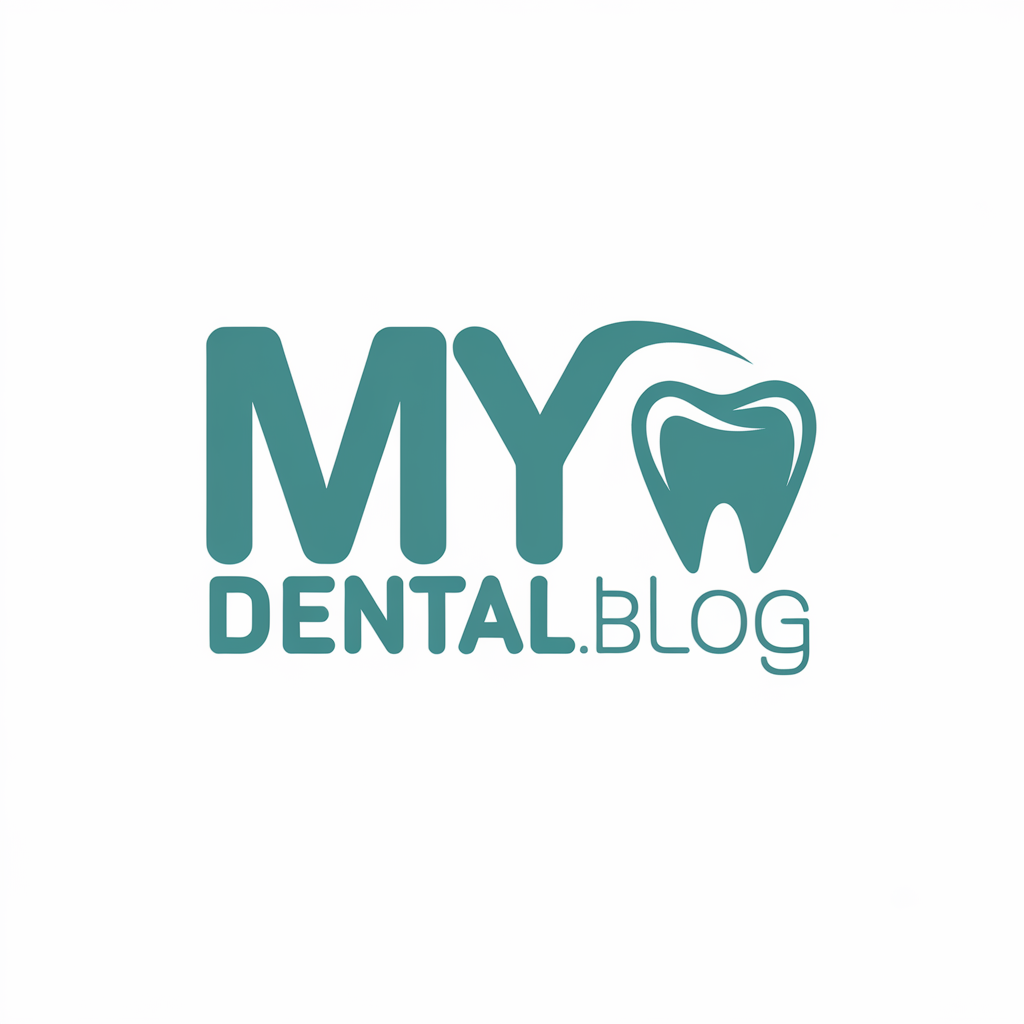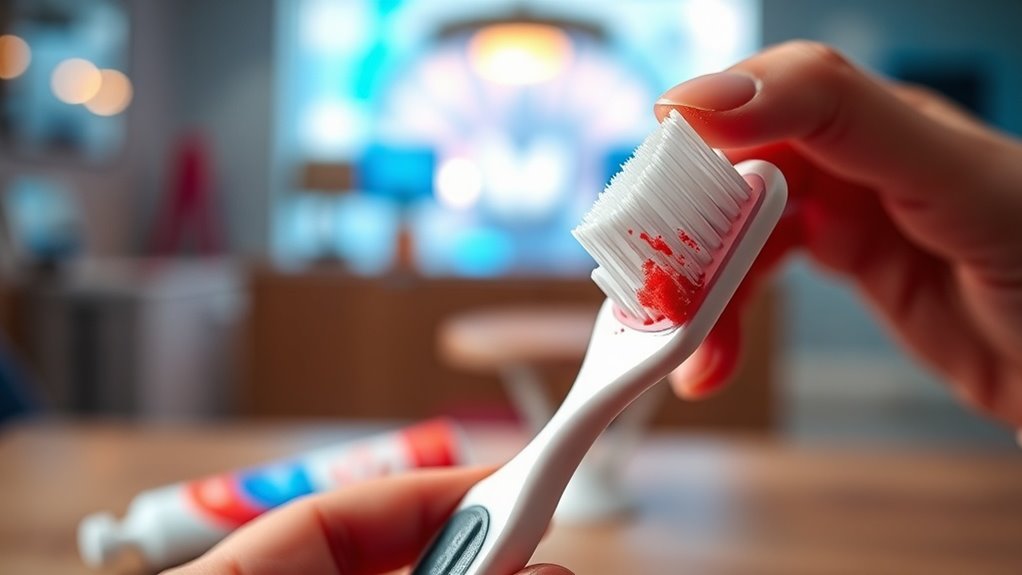Are Your Gums Bleeding. Here’s What It Really Means
Key Takeaways
- Bleeding gums often indicate gum disease, commonly caused by plaque buildup and inadequate oral hygiene.
- Symptoms like swelling, pain, or pus alongside bleeding suggest that you should seek dental advice.
- Hormonal changes or certain medications may also contribute to increased gum sensitivity and bleeding.
- Maintaining a consistent oral hygiene routine can prevent or reduce the occurrence of bleeding gums.
- If bleeding persists beyond a week, consult a dentist for a thorough evaluation and treatment options.
Common Causes of Bleeding Gums
Bleeding gums can be a troubling sign, often hinting at underlying dental health issues. Common causes include gingivitis, a buildup of plaque, and inadequate oral hygiene practices. You might also experience bleeding due to hormonal changes, certain medications, or vitamin deficiencies. Additionally, hormonal fluctuations can significantly increase gum sensitivity, leading to more frequent bleeding. It’s essential to address these issues promptly to prevent more severe conditions, ensuring your gums remain healthy and free from inflammation.
The Role of Oral Hygiene in Gum Health
Maintaining good oral hygiene is essential for preventing gum disease and promoting overall gum health.
Daily brushing and flossing help remove plaque and food particles that can irritate your gums and lead to bleeding. Additionally, using soft bristles for your toothbrush can significantly reduce the risk of gum damage and bleeding.
Importance of Daily Brushing
Good oral hygiene is essential not only for preventing cavities but also for maintaining healthy gums.
Daily brushing removes plaque and food particles that can lead to gum inflammation and disease. Aim to brush twice a day with fluoride toothpaste, using gentle, circular motions.
This simple habit greatly reduces the risk of gum issues and guarantees your smile stays healthy and vibrant.
Flossing for Healthy Gums
Even when you brush regularly, it’s essential not to overlook the importance of flossing in your oral hygiene routine.
Flossing removes food particles and plaque from areas your toothbrush can’t reach, helping prevent gum disease.
Aim to floss daily to maintain healthy gums, reduce inflammation, and minimize bleeding.
Consistent flossing supports overall dental health, ensuring your smile stays bright and clean.
Identifying Symptoms and When to Seek Help
If you notice bleeding gums, it’s crucial to identify the common causes, like gum disease or improper brushing techniques. Understanding your symptoms not only helps in self-assessment but also indicates when it’s time to consult a dentist. Don’t ignore persistent bleeding; seeking professional advice can prevent further complications. Addressing gum disease signs early can significantly improve your overall health and prevent severe dental issues.
Common Causes of Bleeding
While bleeding gums can be alarming, understanding the common causes can help you identify when it’s time to seek professional help.
Poor oral hygiene, gingivitis, hormonal changes, and certain medications often contribute to gum bleeding.
Additionally, conditions like diabetes or blood disorders may signify more serious issues.
Recognizing these factors can assist you in managing your oral health effectively.
When to Consult Dentist
Are you unsure when it’s time to consult your dentist about bleeding gums? If bleeding continues beyond a week, it’s vital to seek help. Additionally, if you experience swelling, pain, or pus, don’t wait. Early intervention can prevent serious gum disease.
| Symptom | Action Needed | Urgency Level |
|---|---|---|
| Bleeding for over a week | See dentist | High |
| Swelling or pain | Schedule an appointment | Medium |
| Visible pus | Immediate consultation | High |
Preventive Measures for Healthy Gums
To maintain healthy gums, it’s essential to adopt a proactive oral hygiene routine that includes regular brushing and flossing. Use fluoride toothpaste and replace your toothbrush every three months. Limit sugary snacks, as they contribute to plaque buildup. Additionally, schedule dental check-ups every six months for professional cleanings and early detection of potential issues, ensuring your gums stay healthy and strong. Regular visits can help address early intervention for any signs of gum disease before they escalate.
Treatment Options for Bleeding Gums
Bleeding gums can be a warning sign of underlying dental issues, making it essential to address them promptly.
To treat this condition, start by improving your oral hygiene routine with regular brushing and flossing. Consider using an antibacterial mouthwash. Additionally, maintaining good oral hygiene practices is crucial in preventing complications associated with gum problems.
If bleeding persists, consult your dentist for professional scaling, potential medications, or tailored treatment options to effectively manage any underlying problems.
Maintaining Long-term Gum Health
Improving your oral hygiene routine can greatly reduce the risk of bleeding gums, but maintaining long-term gum health involves more than just addressing immediate concerns.
Focus on these key practices:
- Brush twice a day with fluoride toothpaste
- Floss daily to remove plaque
- Visit your dentist regularly for checkups
- Eat a balanced diet rich in vitamins, including Vitamin C sources that help support gum integrity.
These steps will help guarantee lasting gum health.





